Planting Agave: How To Grow Agave
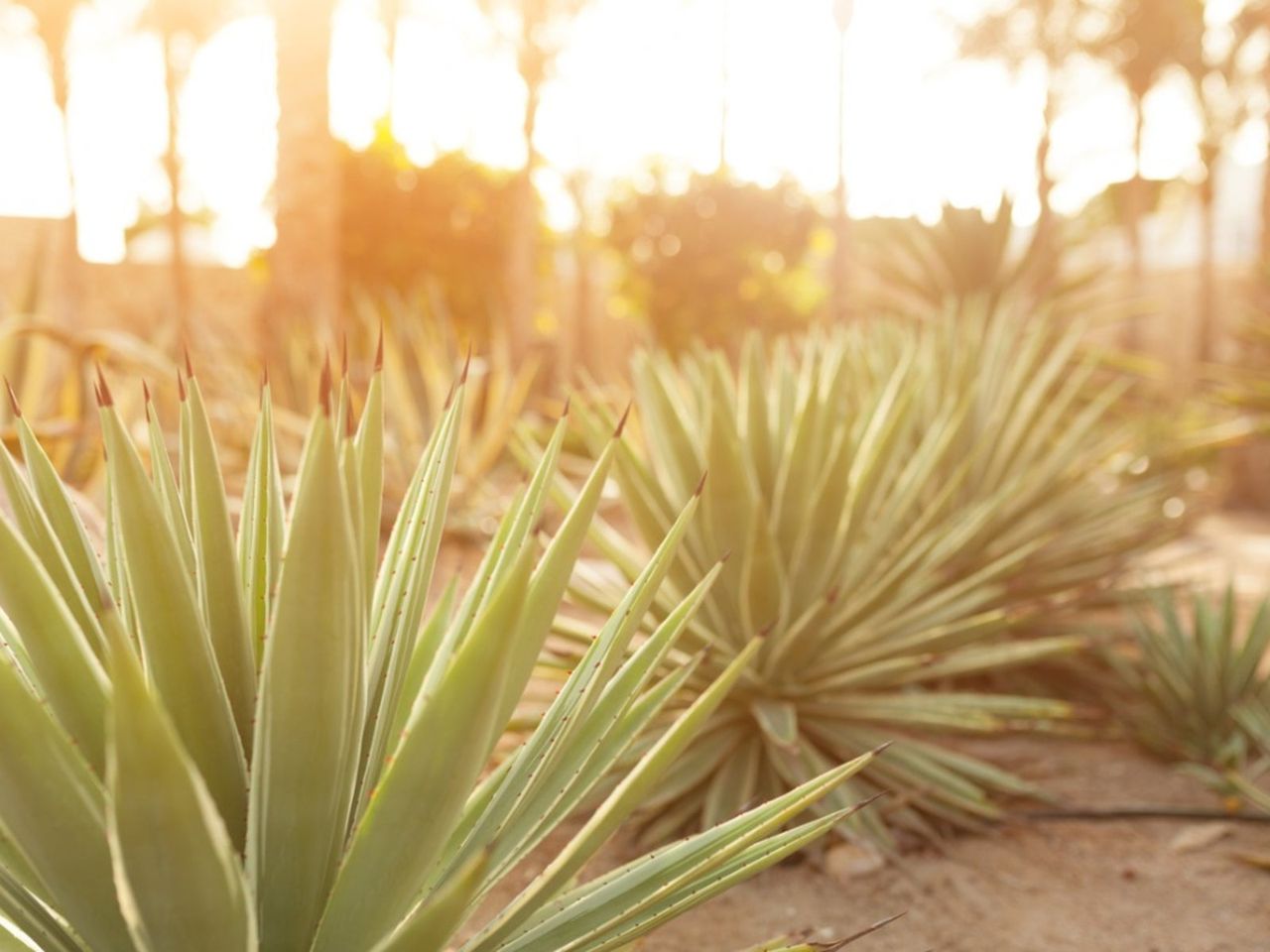

Agave is a long-leaved succulent plant that naturally forms a rosette shape and produces a flower spire of attractive cup shaped blooms. The plant is drought tolerant and perennial, making it ideal for the mature arid garden. Many agave plants are native to North America and are adaptable to colder climates in the Pacific Northwest and even Canada.
Types of Agave
Almost every climate is capable of growing agave, as some are hardy down to single digits for short periods of time and with shelter. Agave is in the Agavaceae family of succulents which include dracaena, yucca, and ponytail palms. The century plant (Agave americana) is one of the most notorious landscape agaves. It produces a lovely inflorescence (flower) and then the main plant dies, leaving behind pups or offsets. The American agave or American aloe, as it is also called, has a white stripe running down the center of the leaves. It is a warm season agave only. There are many other types of agave, which makes it easy to find and garden with this stunning plant. Some of these include:
- Agave parryi
- Agave ocahui
- Agave macroacantha
- Agave gigantensis
Planting Agave
Agave have a large tap root and do not transplant well, so choose an appropriate site when planting agave. The majority of the roots are surface roots and do not require a deep hole if planted when young. Check your soil for drainage or, if planting in heavy clay soils, amend the soil with sand or grit. Mix in enough sand to make the soil halfway comprised of grit. Water the plant diligently for the first week and then cut it to half the second week. Taper off even more until you are only watering once every week or two.
How to Grow Agave
Growing agave is easy if you plant the right variety in the right location. Agaves need full sun and gritty soil that percolates easily. They can even do quite well when potted but use an unglazed clay pot that will allow evaporation of excess moisture. Water needs are moderate to light depending upon the heat of the season, but the plants should be allowed to dry out before irrigation. In spring they benefit from the application of a granulated time release fertilizer that will provide nutrient needs for the season. Many varieties of agave will die after blooming and then produce pups or offshoots from their base to replace themselves. On varieties where the parent plant doesn't die after flowering, it is a good idea to get long handled pruners and remove the spent bloom. After establishment, neglect is actually how to grow agave and produce happy plants.
Agave Plant Care in Pots
Agave that are grown in pots require even more grit in the soil and can actually be planted in a cactus mix. The addition of small rocks or pebbles to the soil increases the drainage capabilities of the container. Agave plants in containers will require more water than those in the ground and will need to be re-potted every year or so to replenish soil and root prune the plant. Agave plant care for container grown plants is otherwise the same and it affords you the ability to bring sensitive forms indoors when temperatures plummet.
Gardening tips, videos, info and more delivered right to your inbox!
Sign up for the Gardening Know How newsletter today and receive a free copy of our e-book "How to Grow Delicious Tomatoes".

Bonnie Grant is a professional landscaper with a Certification in Urban Gardening. She has been gardening and writing for 15 years. A former professional chef, she has a passion for edible landscaping.
-
 Best Tomatoes For Containers: 10 Tastiest Varieties For Plentiful Produce In Compact Areas
Best Tomatoes For Containers: 10 Tastiest Varieties For Plentiful Produce In Compact AreasThese are the best tomatoes for containers that prove you don't need to have a large space or elaborate garden to grow delicious produce.
By Bonnie L. Grant
-
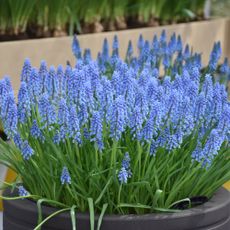 Ultimate Potted Flowers For Spring: 8 Brilliant Blooming Options for Spring Containers
Ultimate Potted Flowers For Spring: 8 Brilliant Blooming Options for Spring ContainersCelebrate the most uplifting of seasons with the most dazzling container flowers imaginable. Here, we present some of the loveliest potted flowers for spring…
By Tonya Barnett
-
 How To Propagate Agave: Instructions And Tips For Agave Propagation
How To Propagate Agave: Instructions And Tips For Agave PropagationAgave plants are popular, but they do have one drawback. They are a monocarpic species, and understanding how to propagate agave is an essential part of their care.
By Laura Miller
-
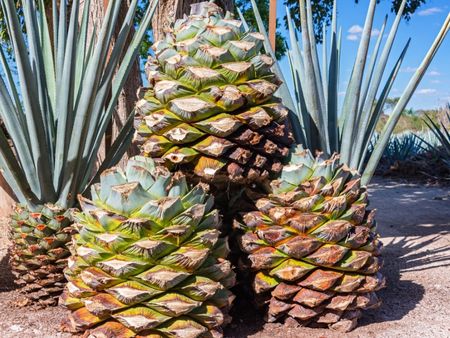 How To Grow Agave For Nectar: Growing And Harvesting Blue Agave Syrup
How To Grow Agave For Nectar: Growing And Harvesting Blue Agave SyrupAt one time growing blue agave was most notable for its production into tequila, but today blue agave nectar is giving the liquor a run for its money. Read on for more.
By Amy Grant
-
 Grow An Artichoke Agave Plant - Artichoke Agave Parryi Info
Grow An Artichoke Agave Plant - Artichoke Agave Parryi InfoHow big does Artichoke agave get? Not as large a species as some varieties, but what it lacks in size it makes up for with an amazing flower, glorious color, and a compact rosette.
By Bonnie L. Grant
-
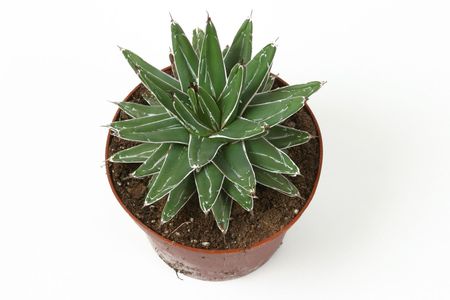 Agave Houseplant Care – Growing Agave As A Houseplant
Agave Houseplant Care – Growing Agave As A HouseplantMaybe it’s too much of a hassle to bring agave in and out with the seasons. You might wonder if you can grow agave as a houseplant. The answer is yes, you can, although some types may grow better than others if kept exclusively indoors. Learn more here.
By Becca Badgett
-
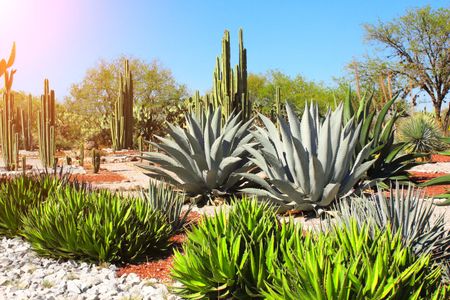 Different Agave Plants – Commonly Grown Agaves In Gardens
Different Agave Plants – Commonly Grown Agaves In GardensOne of agave's most common uses in the landscape is for privacy or as mass plantings of thorny unpleasant defense plants. However, grown as specimen plant, different agave plants can add height, shape or texture to the landscape. Learn About varieties of agave here.
By Darcy Larum
-
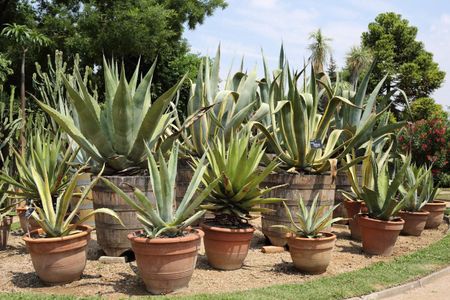 Potted Agave Care: Tips On Growing Agave Plants In Pots
Potted Agave Care: Tips On Growing Agave Plants In PotsCan agave grow in pots? You bet! With so many varieties of agave available, container grown agave plants are an excellent choice for the gardener with limited space, less than perfect soil conditions, and a lack of abundant sunlight. Click here to learn more.
By Gardening Know How
-
Caulotops Barberi Pests: Learn About Agave Plant Bug Control
While generally a low maintenance, easy-to-grow plant, agave can be susceptible to pest problems. If you have noticed bugs eating agave plants in your landscape, click here to learn more about controlling agave plant bugs in the garden.
By Darcy Larum
-
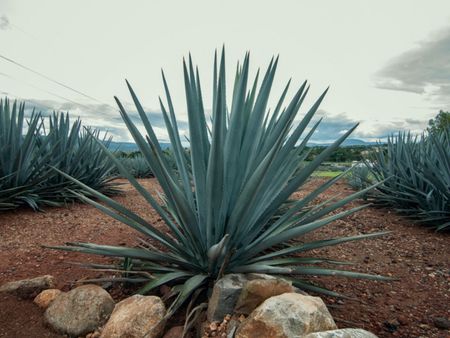 What Is Agave Crown Rot: How To Save Plants With Crown Rot
What Is Agave Crown Rot: How To Save Plants With Crown RotMid- to late-summer crown rot of agave plants can be common in cooler climates and potted plants. Learn what you can do for agave plants with crown rot in the article that follows. Click here for additional information.
By Darcy Larum